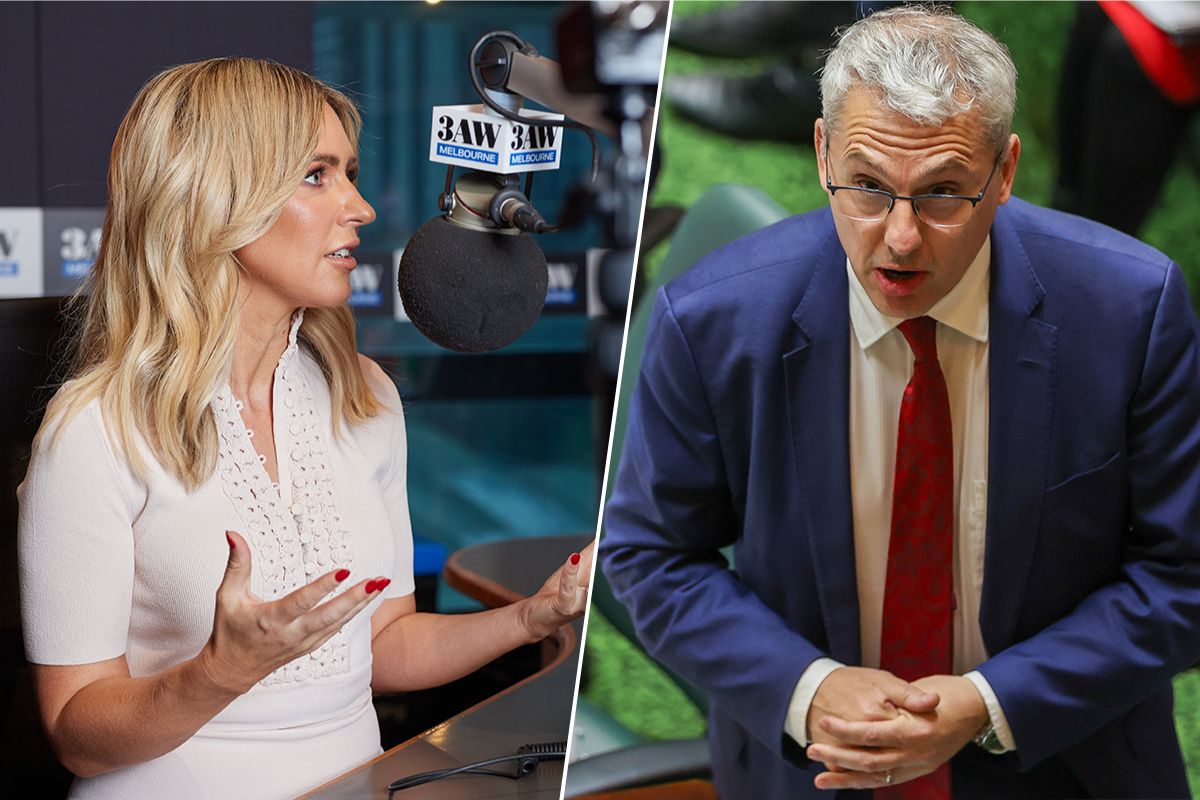As thousands of Sydneysiders took their first trip on the new extended metro rail line under the harbour this week, Victorians were forced to reckon with a string of revelations about possible delays, increased project costs and compensation claims on Melbourne’s $14 billion Metro Tunnel.
Stories published in The Age this week exposed ongoing problems relating to electromagnetic interference on sites at Parkville’s Peter MacCallum Cancer Centre that may drive up costs and possibly lead to slower train trips.

It is staggering that, as of Friday, the government admits the impact of trains on equipment is yet to pass acceptable levels.
The risks to the hospital’s MRI machines were forecast a decade ago. They were discussed in a 2015 inquiry and were the subject of assurances from then-health minister Jenny Mikakos in state parliament in 2019. Yet, somehow, with the project’s opening looming, they remain unresolved.
Building a nine-kilometre tunnel beneath the city centre, with stations close to heritage-listed buildings, churches and hospitals, was never going to be easy.
The Grattan Institute and experts such as Bent Flyvbjerg warn that mega-projects like the Metro Tunnel will almost always blow out by huge sums. Sydney’s now-celebrated new rail line was no exception, running a year late and having doubled in cost to $21 billion. Metro Tunnel has followed suit, rising from $10.5 billion to $14 billion.

Yes, the project has faced challenges beyond the government’s direct control. Industrial disputes come with the territory. The pandemic inevitably affected labour and supply, even if construction continued at the time. Global supply chain disruptions have also played a role.
The issues revealed this week were firmly within the government’s power to resolve, yet it failed to do so. It should be remembered, too, that it was the government’s decision to locate the hospital on top of the already-mooted underground station.
The impact on the travelling public is contested. The travel time between the two freshly built stations at Parkville and Arden was touted as two minutes for a long time, then the government’s script talked of four to five minutes. That has sparked tiresome back and forth about load times and acceleration speeds.
The fact is this is a brand-new rail line that should be able to operate at its peak. Failed planning is the hallmark corollary when politicians announce mega-projects in the shadow of or during electoral campaigns.
Polished renders of underground tunnels and new highways look good on billboards and flyers, but often the projects’ benefits to the community don’t match up to the exorbitant costs.
This is not to imply that building ambitious projects is never worthwhile. The Metro Tunnel, which will link Kensington to South Yarra via a new nine-kilometre subway, brings enormous gains to the city’s transport network.
There is no denying that it is a long-awaited, large-scale investment in the city’s public transport network that will change the way we all get into and around the city.
New stations in Arden and North Melbourne will be a boon for these growing areas, while a new passageway under the CBD will take the pressure off the City Loop, which gets clogged during peak hour and severely constricts the number of trains that can run during our busiest hours.
Overall, this is a project that Victorians can genuinely feel proud about building. It will create a low-cost and more environmentally friendly option for future generations, rather than fuelling a greater dependence on cars by building more roads.
That said, building a worthy project does not absolve the government of its responsibilities to be transparent and careful when spending billions of taxpayer dollars.
It is a scandal that Victorians – the investors of these projects – are kept in the dark about their progress, informed of problems only when journalists uncover this information, as The Age did this week.
It is also a concern that the government carries out a benefit-cost ratio to evaluate the economic merits of a project only before the project is built – when the costs are a mere estimate. This means that by the time they commit to building, the project’s economic case is always far rosier than the truth.
Since benefit-cost ratios were carried out on Victoria’s mega-projects, the Metro Tunnel has blown out by $5 billion, the West Gate Tunnel by $4 billion and the North East Link by $10 billion. You can be sure that we, the taxpayers, are now running at a loss on each of these builds.
The government should be leaning more heavily on the independent adviser on building projects it established – Infrastructure Victoria – to do what it was intended to do, which is to take politics out of infrastructure.
The Age




Sydney has built several new rail lines in the line Melbourne has not managed to complete a single one. Once decisions are made to build a rail line that will be invaluable when completed we have dumb Victorian’s trying to kill it off. If you want a dumb project then look at the Westgate Tunnel, a road to the inner city carrying 100,000’s of polluting trucks into the inner city. Victorians are clear not bright people which is probably why they languish behind the country in so many ways and they fail to really attract investment they way Sydney and NSW does.